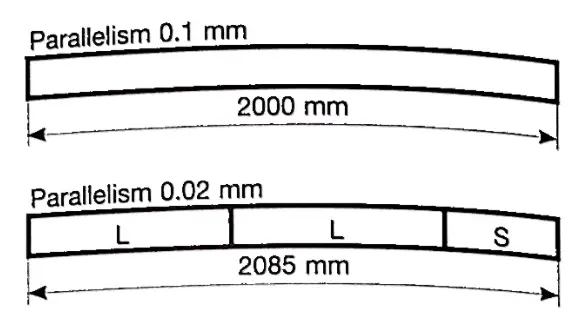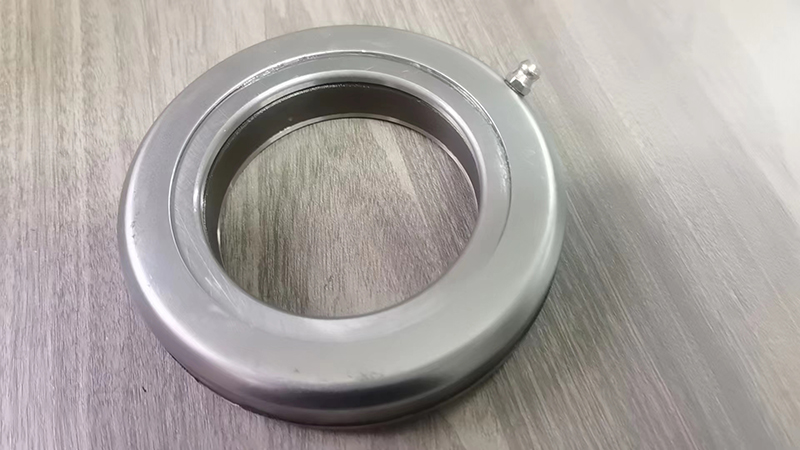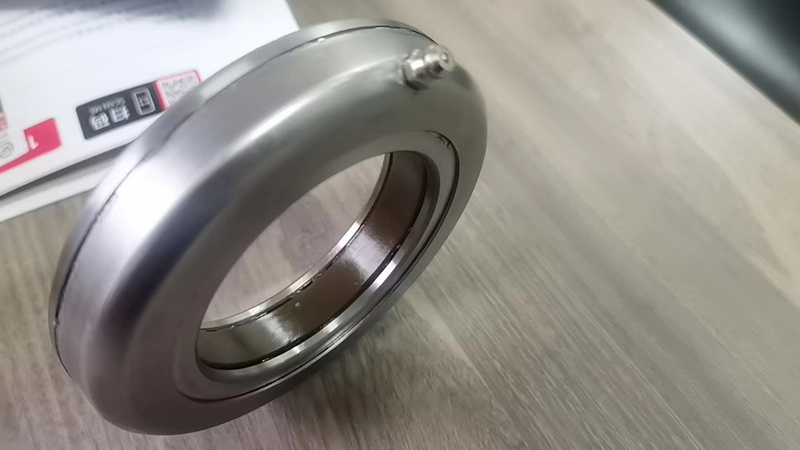What is the press brake mold made of?
There are many types of materials available for manufacturing press brake tools, including steel, alloy materials, polymer materials, etc.
At present, steel is the most widely used material for producing press brake molds, including T8 steel, T10 steel, 42CrMo, Cr12MoV, etc.
42CrMo is a high-strength alloy steel that exhibits high strength and toughness after quenching and tempering.
It can work at low temperatures as low as -500 ° C and is known for its high strength, toughness, and wear resistance.
The commonly used materials for press brake molds can be divided into eight categories.
1. Carbon tool steel
T8A and T10A carbon tool steels are often used in the manufacturing of press brake molds due to their excellent machinability and cost-effectiveness.
However, these materials have poor hardenability and red hardness, and significant deformation occurs during heat treatment. In addition, their load-bearing capacity is relatively low.
2. Low alloy tool steel
Adding an appropriate amount of alloying elements to carbon tool steel produces low alloy tool steel, reducing the tendency for deformation and cracking during quenching, and improving the hardenability and wear resistance of the steel.
Some low alloy steels commonly used in the production of press brake molds include CrWMn, 9Mn2V, 7CrSiMnMoV, and 6CrNiSiMnMoV.
3. High carbon and high chromium tool steel
High carbon and high chromium tool steel is famous for its excellent hardenability, toughness, and wear resistance.
During heat treatment, the deformation is minimal, making it a high wear-resistant steel with a load-bearing capacity second only to high-speed steel.
However, due to the obvious segregation of carbides, repeated upsetting and drawing (axial upsetting and radial drawing) are required to reduce the unevenness of carbides and improve their performance.
Some common high carbon and high chromium tool steels include Cr12, Cr12MoV, and Cr12MoV1.
4. High carbon medium chromium tool steel
High carbon medium chromium tool steel used for press brake molds includes Cr4W2MoV, Cr6W, Cr5MoV, etc.
These materials have low chromium content, fewer eutectic carbides, uniform distribution of carbides, minimal heat treatment deformation, good hardenability, and stable size.
Compared with high carbon steel and high chromium steel with obvious carbide segregation, these materials have improved properties.
5. High speed steel
High speed steel is commonly used in the production of press brake molds due to its high hardness, wear resistance, and compressive strength. It also has high load-bearing capacity.
Commonly used are W18Cr4V, W6Mo5, and Cr4V2 to reduce tungsten, as well as 6W6Mo5 and Cr4v high-speed steels developed to enhance toughness.
In order to improve the distribution of carbides, high-speed steel also needs to be forged.
6. Foundation steel
Basic steel is produced by adding a small amount of other elements to high-speed steel and adjusting its carbon content to enhance its performance.
Compared to high-speed steel, this can improve performance, such as increased wear resistance and hardness, as well as better fatigue strength and toughness.
It is a high-strength and high toughness bending die steel, which is more cost-effective than high-speed steel.
The commonly used basic steels for press brake molds include 6Cr4W3Mo2VNb, 7Cr7Mo2V2Si, 5Cr4Mo3SiMnVAL, etc.
7. Hard alloy and steel bonded hard alloy
Hard alloy has the highest hardness and wear resistance in bending die steel, but its strength and toughness during bending are poor.
Tungsten cobalt is used as a hard alloy in press brake molds.
For bending molds that require low impact and high wear resistance, hard alloys with low cobalt content can be selected. For high impact molds, hard alloys with high cobalt content can be used.
Steel bonded hard alloy is made by powder metallurgy using iron powder and a small amount of alloy element powder (such as chromium, molybdenum, tungsten, vanadium, etc.) as the binder, titanium carbide or tungsten carbide as the hard phase.
The matrix of steel bonded hard alloy is steel, which solves the problems of poor toughness and difficult processing of hard alloy.
This material can be cut, welded, forged, and heat treated. Steel bonded hard alloys contain many carbides, with lower hardness and wear resistance than hard alloys, but still higher than other steel grades.
After quenching and tempering, its hardness can reach 68-73HRC.
8. New materials
The material used for the press brake mold is a cold working mold steel, and its main performance requirements are strength, toughness, and wear resistance.
At present, the development trend of press brake mold steel mainly has two directions, both centered around high alloy steel D2 (Cr12MoV).
(1) Improving the toughness of bending molds, including reducing carbon content and alloy element content, and improving the uniformity of carbide distribution in steel. Examples in this direction include 8CrMo2V2Si and Cr8Mo2SiV.
(2) Improve the wear resistance of press brake molds and adapt to the high-speed, automated, and mass production of powder high-speed steel. An example of this direction is 320CrVMo13.










